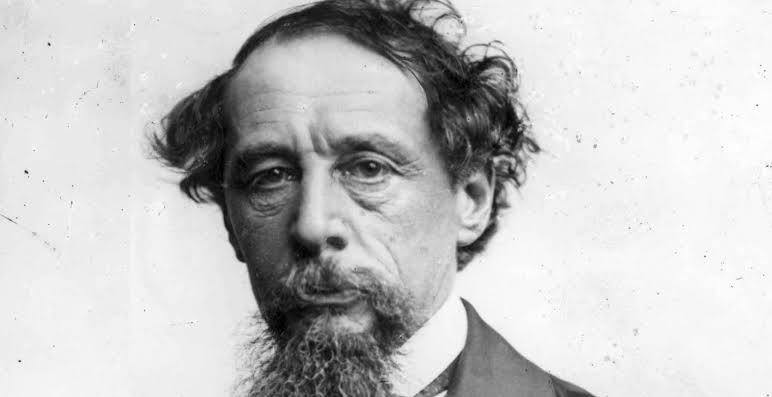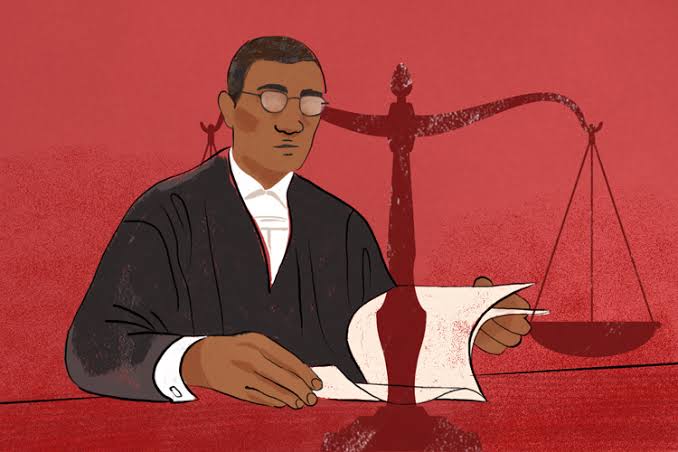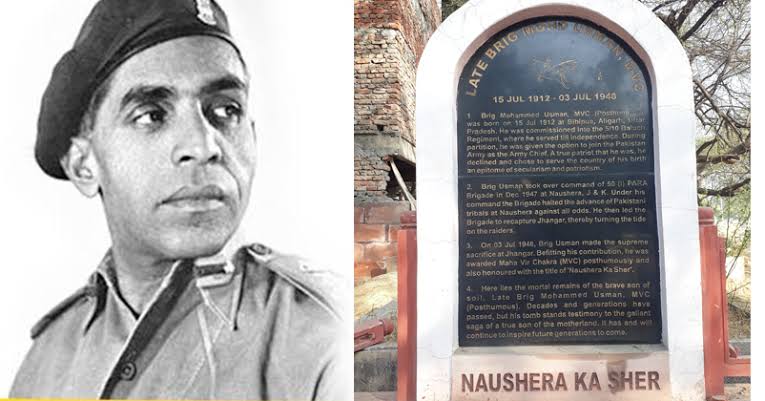Monsoon Melodies: A Rain-Soaked Romance with Bollywood

As Shravan (Sawan in Hindustani) month arrives, we celebrate the enduring love affair between Hindi cinema and its iconic rain songs—where clouds bring not just water but poetry, passion, and cinematic magic. Perhaps, great Sanskrit poet and litterateur Kalidas, too, wrote his Meghdootam (the Cloud Messenger) in the month that signifies love and romance.
There is a peculiar joy in watching the rains arrive in India. Roads glisten, trees come alive, and hearts stir with an inexplicable longing. Nowhere has this monsoon mood been more romantically captured than in Hindi cinema, where rain is not merely a backdrop but a character in itself—ushering passion, desire, sorrow, and celebration. As the month of Shravan (Sawan) begins, heralding the full bloom of the Indian monsoon, we take a nostalgic journey through Bollywood’s iconic rain songs, a genre that has poured over decades with unmatched cinematic allure.
From the black-and-white charm of Pyaar Hua Iqraar Hua in Shree 420 (1955) to the thunderous drama of Ghanan Ghanan in Lagaan (2001), Hindi films have consistently used the rain to amplify emotion. It is the perfect cinematic device—rain cloaks lovers in intimacy, drowns sorrow in melancholy, or unleashes a moment of liberation, often paired with music that lingers long after the clouds have parted.
In fact, the very idea of a “Bollywood rain song” has become shorthand for something tender, sensual, or teasingly seductive. In a deeply conservative cinematic tradition, the rain has often done what censors wouldn’t allow: clingy saris, open fields, uninhibited dancing. Whether it’s the coy Rimjhim gire saawan (Manzil, 1979) or the sultry Tip Tip Barsa Paani (Mohra, 1994), rain has offered a socially sanctioned outlet for sensuality.
A Journey Through Decades: Rain Songs Then and Now
Rain songs first made their mark in the 1950s and ’60s with films like Chori Chori (1956) and Chalti Ka Naam Gaadi (1958), where mischievous flirtation and romance unfolded under umbrellas or by leaking rooftops. The Lata–Rafi–Kishore era brought soul and serenity to these melodies. Ek Ladki Bheegi Bhaagi Si captured the madcap charm of Kishore Kumar, while O Sajna Barkha Bahar Aayi (Parakh, 1960) bathed Shailendra’s lyrics in sheer poetry.
The 1960s also gave us Zindagi Bhar Nahin Bhoolegi from Barsaat Ki Raat—a ghazal of longing that soaked the night in melancholia. The clouds, it seemed, echoed human yearning.
By the 1970s, the rain song had taken on a bolder, more kinetic energy. From Haye Haye Yeh Majboori (Roti Kapda Aur Makaan, 1974) to Barkha Rani (Sabak, 1973), this decade saw heroines braving the downpour with unashamed exuberance, sometimes even inviting controversy for their daring choreography. Yet, amidst this sensuality was lyricism too—Megha Re Megha Re (Pyaasa Sawan, 1981) or Kuchh Kehta Hai Ye Sawan (Mera Gaon Mera Desh, 1971) expressed rain as messenger and metaphor.
In the 1980s and early ’90s, rain songs became synonymous with yearning. Lagi Aaj Sawan Ki Phir Woh Jhadi Hai (Chandni, 1989) presented rain as an emotional deluge; Aaj Rapat Jaayein (Namak Halaal, 1982) added humour and mischief. Perhaps no other era balanced sensuality with storytelling as skilfully.
Sensual Yet Aesthetic: Walking the Tightrope
Though some films have veered into overt titillation, most mainstream Bollywood rain songs have retained a poetic sensuality. Rain is rarely vulgar—it is cinematic license to suggest, not show. The drape of a wet sari, the rustle of leaves, and the rhythm of water all combine to create an atmosphere that is suggestive but aesthetic. In many such songs, the rain blurs lines between reality and fantasy—it often arrives in dream sequences, as a reflection of desire or loss.
In fact, Bollywood’s use of rain has been less about realism and more about expressionism. As the monsoon lashes outside, inner tempests are revealed—be it heartbreak, longing, or joy. Rimjhim Rimjhim Rumjhum Rumjhum from 1942: A Love Story (1993) epitomizes this balance of nostalgia and romance.
Fading Rains: Where Have the Monsoon Melodies Gone?
By the 2000s, rain songs began to dwindle in number. Party anthems and beach sequences took over, with item numbers and club songs replacing the timeless poetry of rain-drenched moments. It’s rare now to find a mainstream film that uses the monsoon with the lyrical delicacy of earlier decades.
Some notable exceptions exist—Barso Re from Guru (2007) captured the unfiltered joy of dancing in the rain. Ghanan Ghanan from Lagaan (2001) gave the clouds a mythical dimension, symbolising not just rainfall but the promise of salvation.
But as CGI and foreign locations dominate Bollywood’s visual palette, the monsoon seems less cinematic, its chaos less welcome. The soulful connection between rain and emotion has been replaced by spectacle.
A Soundtrack for Sawan
Yet, each year as Sawan returns, so do these songs—to radios, YouTube playlists, and roadside chai stalls. The mehfil of melodies like Sawan Ke Jhoole Pade (Jurmana, 1979) or Naino Mein Badra Chhaye (Mera Saaya, 1966) transports listeners back to a more intimate, lyric-driven era. There’s something about a cloudy afternoon and the strains of Ab Ke Sawan Mein Aag Lagegi Badan Mein (Chupke Chupke, 1975) that never grows old.
In cities and villages alike, Bollywood’s rain songs have transcended cinema—they’ve become cultural markers, nostalgic cues for every monsoon. The dripping rooftops, earthy petrichor, and thunderclaps find their voice in these songs, tying generations through melody and memory.
A Few Timeless Drops: The Unranked Monsoon Playlist
This season, whether you’re caught in a drizzle or watching clouds gather from your window, here’s a downpour of unmissable melodies to immerse yourself in:
•Pyaar Hua Iqrar Hua Hai – Shree 420 (1955)
•O Sajna Barkha Bahar Aayi – Parakh (1960)
•Rimjhim Ke Tarane Leke Aayi Barsaat – Kala Bazar (1960)
•Haye Haye Yeh Majboori – Roti Kapda Aur Makaan (1974)
•Rimjhim Gire Sawan – Manzil (1979)
•Aaj Rapat Jaayein Toh – Namak Halaal (1982)
•Barso Re – Guru (2007)
•Ghanan Ghanan – Lagaan (2001)
•Tip Tip Barsa Paani – Mohra (1994)
•Kuchh Kehta Hai Ye Sawan – Mera Gaon Mera Desh (1971)
(Note: The full playlist includes dozens more, as detailed above. Rankings are subjective and left to the listener’s heart.)
In the End, It Always Rains in Bollywood
As the skies open up this Shravan, let us remember that while seasons come and go, Bollywood’s rain songs are eternal. They are not just musical interludes—they are expressions of longing, rebellion, laughter, and intimacy. They soak our memories, much like the monsoon itself: sometimes gentle, sometimes overwhelming, but always unforgettable
So, turn up the volume, roll down the windows, and let the rain in—Bollywood style.
(Mr. Naqvi is a former history professor who regularly writes for TEW on socio-cultural and political issues.)

 1 day, 17 hours ago
1 day, 17 hours ago





[[comment.comment_text]]